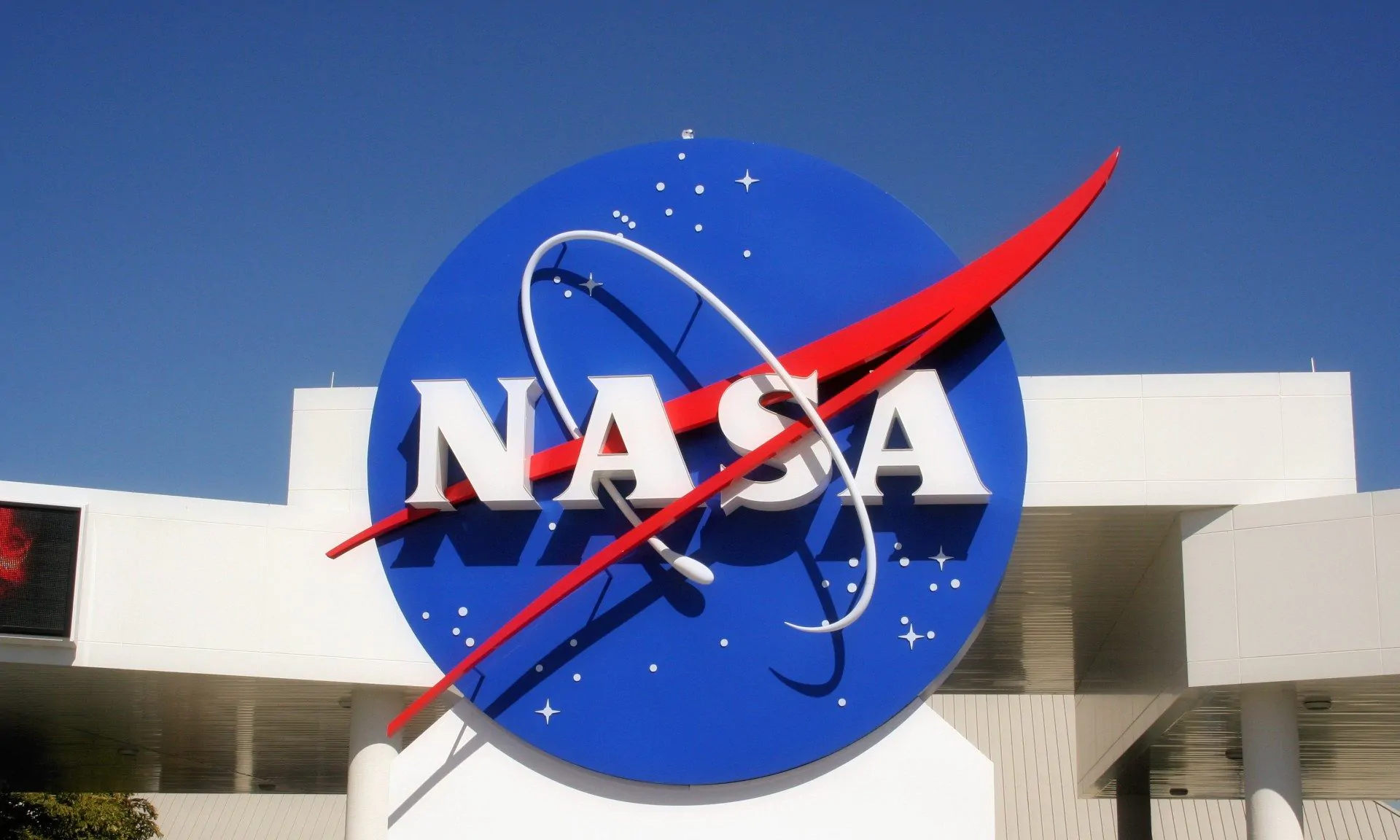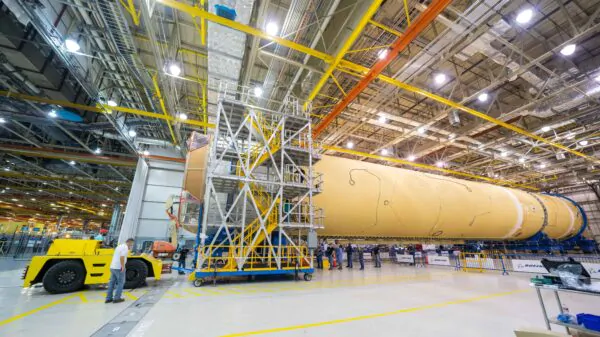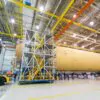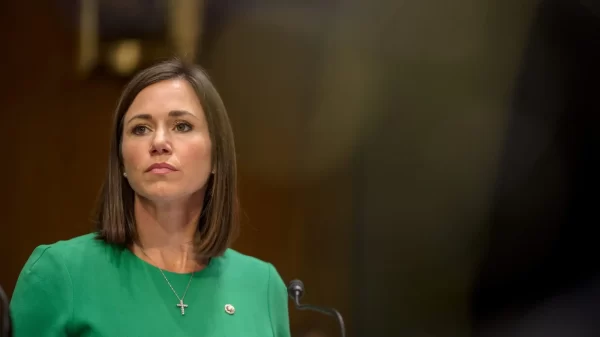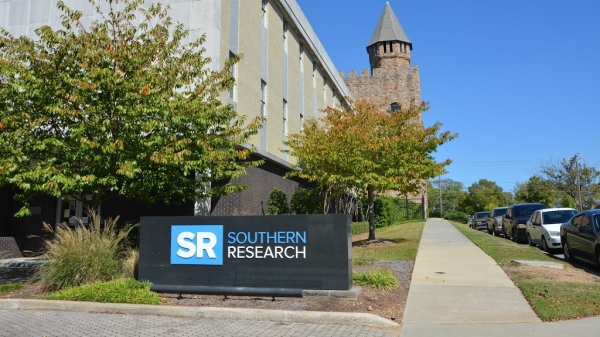A multi-year contract between NASA and the University of Alabama at Birmingham (UAB) Engineering Innovation and Technology Development research group was doubled recently, giving the group a $50 million cap on work to provide and maintain cold-stowage units for the International Space Station.
EITD us a research group of nearly 40 engineers and technicians led by UAB School of Engineering professor Lee Moradi, Ph.D., EITD has played a key role in NASA ISS research for more than a decade. The group has designed and built a series of freezers capable of maintaining temperatures as low as negative 160 degrees Celsius. Each line of freezers meets specific cold-stowage demands, from storing scientific samples to serving as galley refrigerator/freezers for the crew of the International Space Station (ISS).
On the ISS their use is monitored by EITD personnel from their Remote Operations Command Center on the UAB campus.
No specific reason was given for the increased contract amount, however the announcement comes at a time when EITD is expanding its involvement with NASA projects.
The group just received a five-year contract with the Center for the Advancement of Science in Space, and a $3.6 million project to develop two different rapid-freeze technologies for use on the ISS. The first rapid-freeze technology is near completion and is expected to be launched later this year. In 2017, EITD received a contract worth $6.2 million to design and build a new set of negative 80-degree Celsius freezers to support the increased needs for cold stowage on the ISS.
“These contracts are evidence of the quality of personnel we have in our group,” Moradi said. “Our engineers and technicians have an impeccable reputation that has been built over decades, and we have been able to recruit extremely talented young engineers and software developers, including several top UAB students, both graduates and undergraduates.”
EITD is one of the nation’s leading developers in cold-stowage hardware for use in microgravity and exploration. Current cold stowage projects include the Microgravity Experiment Research Locker Incubator (MERLIN), General Laboratory Active Cryogenic ISS Experiment Refrigerator (GLACIER), Polar and Iceberg.
The MERLIN units have been built at UAB since the early 2000s. MERLIN provide thermal control from negative 20 degrees to 48.5 degrees Celsius. They are used as incubators for scientific experiments as well as to support Crew Galley Operations.
The GLACIER is a cryogenic freezer/refrigerator system that provides a generic interface to accommodate multiple biological sample types and volumes that require thermal control between negative 160 degrees and 4 degrees Celsius while on the ISS.
Polar is the most recent of the cold-stowage units designed by the EITD with capabilities of maintaining temperatures as low as negative 80 degrees Celsius.
Iceberg is currently in development under a $6.2 million contract given in 2017 to design and build a new set of negative 80-degree Celsius freezers to support the increased need for cold stowage on the ISS.
The University of Alabama at Birmingham is an internationally renowned research university and academic medical center. UAB is also Alabama’s largest employer, with some 23,000 employees, and has an annual economic impact exceeding $7 billion on the state. The five pillars of UAB’s mission include education, research, patient care, community service and economic development.
UAB is a two-time recipient of the prestigious Center for Translational Science Award.
President Donald J. Trump’s 2019 budget calls for ending International Space Station funding in 2025. NASA has published an ISS Transition Report but it is not clear how that transition will occur. NASA Administrator Jim Bridenstine told the Washington Post that private companies may take over ISS operations.
Sam Scimemi, Director of NASA’s International Space Station Division, said, “Our intention is to be able to turn over day-to-day operations of the ISS to private industry by the middle of the next decade. Within that, there could be partnerships between companies that actually operate the ISS based on a particular business plan that they all have. As far as NASA’s direct plan, our plan is to turn over the day-to-day operations to private industry to be able to operate modules in space, to be able to do all the planning, training, real-time operations, sustainment, engineering. NASA could be just one of many customers for LEO.”
“Its budget is separated into operations, use or research and transportation.” Scimemi said. “The transportation is the largest part of the ISS budget. It is just over half of the budget. The budget this year was about $1.7 billion just for transportation, cargo and crew. The other part of it is operations and utilization.”
(Original reporting by the Washington Post and Space News contributed to this report.)








































